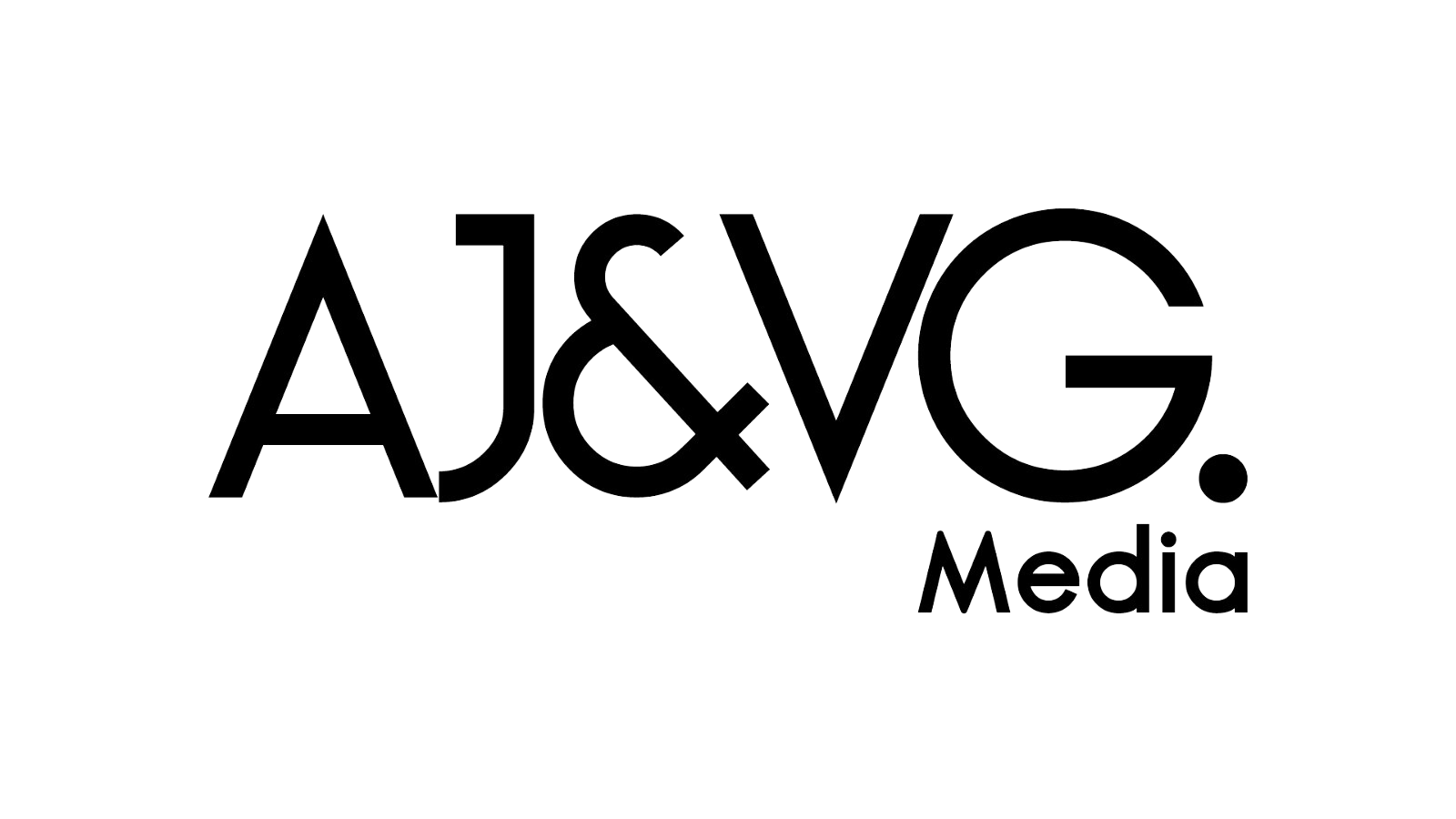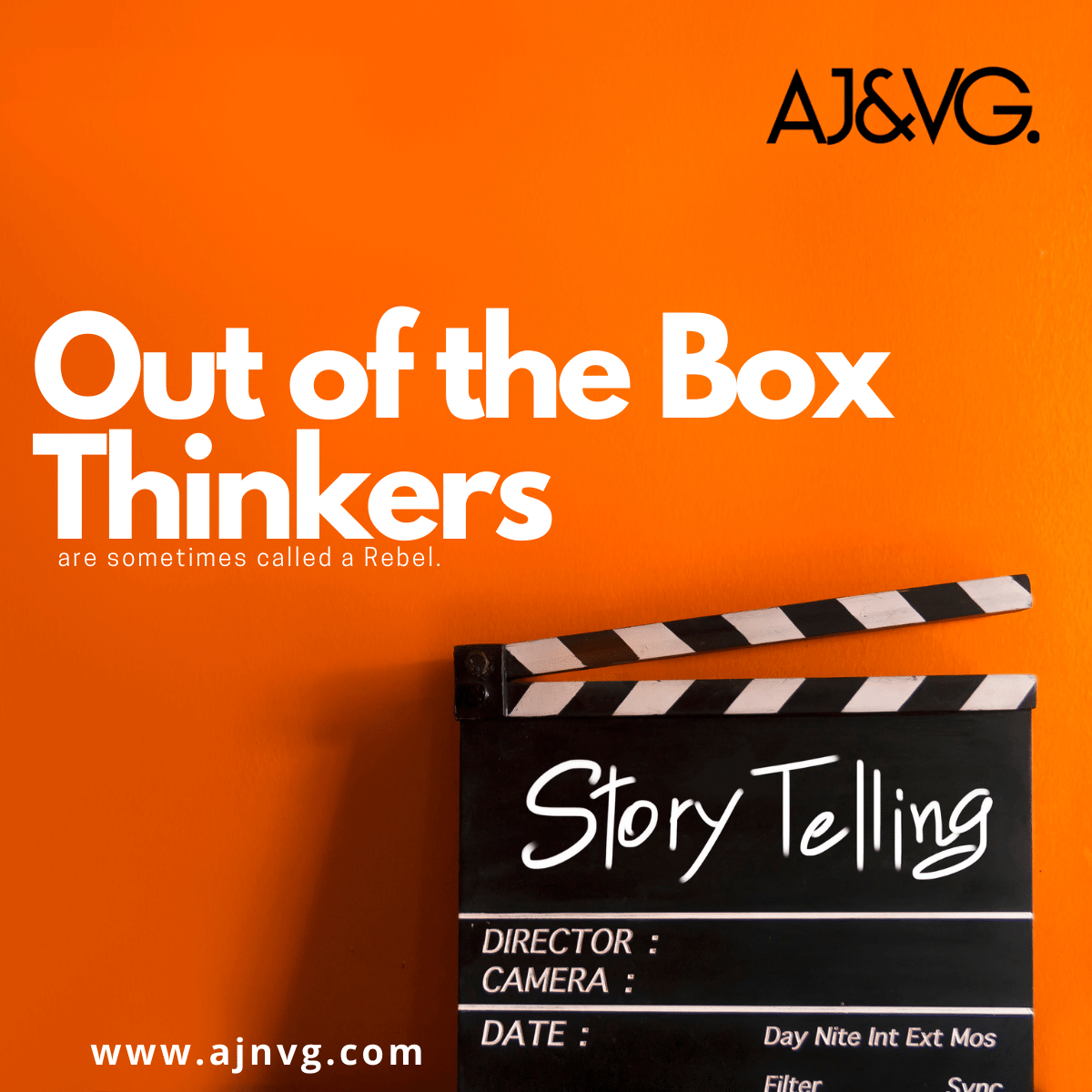AI-IoT Technologies are bringing exponential value to Industries in areas of Sustainability, Cost Efficiency, and Asset Integrity
– Rohit Kochar, Founder,
Executive Chairman & CEO, Bert Labs
Industries worldwide are now more focused on improving profit margins and, at the same time, being compliant with Sustainability requirements. Companies are exploring all available opportunities to improve efficiency in operations and become cost-competitive to mitigate increased competition and dwindling margins. AI/ Digital Solutions will be the next transformational impact, that shall change how traditionally industries have worked and bring in significant impact on costs as well as sustainability objectives.
AI and the other Cutting-edge technologies in Chlor-Alkali Electrolysis process
IoT platforms, Communication networks, Enterprise software, distributed computing, and Artificial intelligence technologies are seeing an increased demand in Industries to bring efficiency in processes that have already reached a good level of efficiency using regular technologies. The big impact will be seen when all the above different technologies are brought together as an end-to-end solution. Such a solution has been implemented in one of the leading Chemical/Sp. Chemical companies in India in their Chlor-Alkali process. The major products from the chlor-alkali process are caustic soda, hydrogen, chlorine, and HCL, among others. Electrolysis of brine is the primary production method. Although many technological advancements have improved the efficiency of the process, still the process is energy intensive and consumes high power.
The high safety risk in the Chlor-Alkali Electrolysis process has made companies tread carefully in automation technologies. The process has a robust DCS system that can capture the process data from the plant and can also execute controls in the field, including safety control actions. Artificial Intelligence (AI) & IoT Technology have been built on top of this infrastructure and have started giving benefits immediately on deployment. AI, automation, and optimization go hand in hand. AI basically mimics decision-making and problem-solving capabilities using high-end deep learning algorithms.
Deployment of AI Infrastructure
The first step was to deploy an AI Infrastructure in the Plant that could capture high-quality and high-granularity data. IoT-powered Controllers/Devices capture data from the existing DDC/SCADA/PLC controllers by seamless integration of the two. IoT-powered smart controller is integrated with existing PLC/ Digital Controller over standard Industrial communication protocols like MODBUS and OPC-UA. The IoT controller now becomes the Master Controller and captures all the operational and equipment data from the sensors through the existing PLC/DDC. All the IoT devices become part of wireless sensor networks that connect and transmit the data to an IoT-powered Base station. The IoT-powered base station acts as a gateway for the data to be sent to the Cloud Server via the Internet.
Data storage and processing
The Data collected is managed by the Big Data Lake Enterprise software platform hosted on the Cloud server, which acts as a Data Repository and as multi-tenant distributed Computing. Multi-tenant distributed computing is through the deployment of Microservices, which have specific functions like data storage, data processing, and hosting the AI models. It acts as a control centre for the process, where the raw data from the Plant is received, it gets processed, and ready for AI computation, the AI computation for prediction and optimization happens, and the AI command is sent back to the IoT controller in the field to actuate the command actions for the process.
Building the Hybrid model
The AI brain of the process is trained first on historical data for a minimum of 1 year of the Plant. A hybrid model of first principles chemical-based process modeling combined with data-based machine learning models is employed to bridge the gap of certain process data not available or not being measured in the Plant. Through this, an Operational Digital Twin of the Electrolysis Process can be built. This combination of science and mathematical modeling is powerful and results in prediction accuracy as high as 95 to 99%. This is an accurate prediction model that predicts the process behavior in the next instance and in the future. Once the future state is known, powerful Deep Reinforcement Learning (RL) models work on the predicted state and build an optimization strategy for achieving energy efficiency and, in turn, reducing carbon footprint.
The operational Digital Twin of the Electrolysis process
The operational Digital Twin of the Electrolysis process gives accurate predictions for the in-process and output parameters like Chlorine & Hydrogen pressures, Caustic flow rates, Concentration, and differential pressure across the ion exchange membrane. The Reinforcement Learning Agent Optimization Algorithm uses the predicted values and gives the best combination of control parameters like voltage applied and brine flow rate, among other parameters, to bring power reduction for the same output values as well as control the process in a way that the equipment life is also enhanced. This is done without violating any process and safety constraints. The results are energy savings in range from 20% to 30% in Power consumption. Once deployed, RL models start learning from the real-time operating data and continue to improve their performance. Thus, the Plant is continuing to benefit in energy consumption reduction, achieving sustainability goals.
Thus, we are witnessing that AI technologies that can provide both AI-powered Digital transformation Infrastructure and AI-powered business transformation can make a huge impact on the way the industry operates and bring all-around benefits in cost efficiency, asset integrity, and meeting sustainability goals by reducing energy consumption.
Author Profile:
 Rohit Kochar,
Rohit Kochar,
Founder, Executive Chairman & CEO,
Bert Labs
Rohit, Founder, Chairperson and CEO, Bert Labs, has an experience of 28+ years of building high growth, highly profitable, high valuation global technology companies, two of them valued at US$1.5billion and US$1.8billion, respectively, at the time of investor exits.
Prior to Bert Labs, Rohit has had an illustrious career, being one of the youngest professional CEOs in the country. He had been Senior Advisor/CEO-in-Residence with U.S based Private Equity Investment firms, the likes of Veronis Suhler Stevenson, The Gores Group, H.I.G Capital, The Jordan Company, TPG Capital, Partners Group, Genstar Capital, where he was evaluating technology companies globally to buy and build them.
President and Board Member of HOV Services (Apollo Global Management Investee Company), where in Rohit’s leadership Company was built from $ 40 mn to $ 600 mn with EBIDTA of $150 mn. CEO & Board Member of Macmillan Publishing Solution Public Limited, where in 1 year time, company was built from $ 15 mn to $50 mn with EBIDTA margin of 32%. Managing Director at RR Donnelley where Rohit was responsible for integrating Hays Plc technology business with Office Tigers, combined revenue base of $ 630 million, operating profit $ 130 million.




